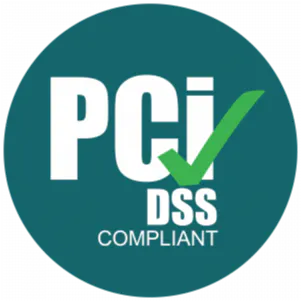Principle of Least Privilege
What Is the Principle of Least Privilege (PoLP) in Security?
The Principle of Least Privilege is the idea of providing the lowest level of access to all user accounts to reduce privileges to resources, systems, and networks. Only user accounts that require access to the specified resource are given access. Additionally, access is only given when it is needed, and then it is revoked.
For example, if a specific user account exists to allow an employee to back up their data to a corporate server, they are only given privileges related to backing up their data. They are not given rights to install new apps and might not even be given access to view data, depending on the needs of the user.
While user accounts are typically in the spotlight when discussing the principle of least privilege, this philosophy also calls for running all applications with as few rights as possible. All applications will need some level of rights to operate, so they are given exactly the rights they need to operate and nothing further.
Cybercriminals are well aware that many enterprises use third-party applications and services that are integrated with internal systems. They study these third-party applications and their integrations to look for security flaws. Once found, they are exploited, and they may gain access to internal data. PoLP exists to restrict the level of access that third-party applications are given, greatly reducing this threat.

Principle of Least Privilege Best Practices
PoLP is not a new technology to be adopted, but a philosophy to embrace and enact. As such, there are several practices for successfully embracing the principle of least privilege.
Just-in-Time Access
A core best practice of PoLP is just-in-time (JIT) access, or Dynamic Secrets. JIT is a type of identity access management that solves the problem of having standing privileges where users are always able to access corporate resources. Instead of having a low-level application or user having constant access, temporary zero-standing privileges are given right as access is needed.
By providing just-in-time access, you’re ensuring that only authorized users are allowed access to sensitive data or systems. The entire role of JIT is to reduce the risk of cybercriminals gaining access to your system.
Zero-Trust Access
The principle of least privilege is part of a large picture known as zero-trust access. With zero-trust remote access, nobody is given privileges to any resource or system unless it is required. Access will be provided after several pieces of information are verified about the user, such as device, location, device health, and digital identity.
Secrets Management
Using a secrets management solution is a standard best practice for the principle of least privilege. It would be impossible to have an IT security team constantly monitor and grant access. Instead, a secrets management platform provides the correct credentials at the exact moment they’re needed.
Privileged Access
PoLP greatly enhances the security of privileged accounts. These accounts typically have higher levels of access and may belong to the CTO or IT director, among others. Due to their higher level of access, these accounts are common targets for attackers.
Privileged accounts represent a large security flaw because they use an older methodology. An attacker could gain access to one of these accounts with privileged access and reach sensitive and valuable data. The PoLP approach reduces this risk as privileged accounts do not have standing access.
Digital Transformation
Embracing the principle of least privilege will mean undergoing a digital transformation for many enterprises. Many old security philosophies and principles will need to be updated or outright dismissed in order to embrace the principle of least privilege.










